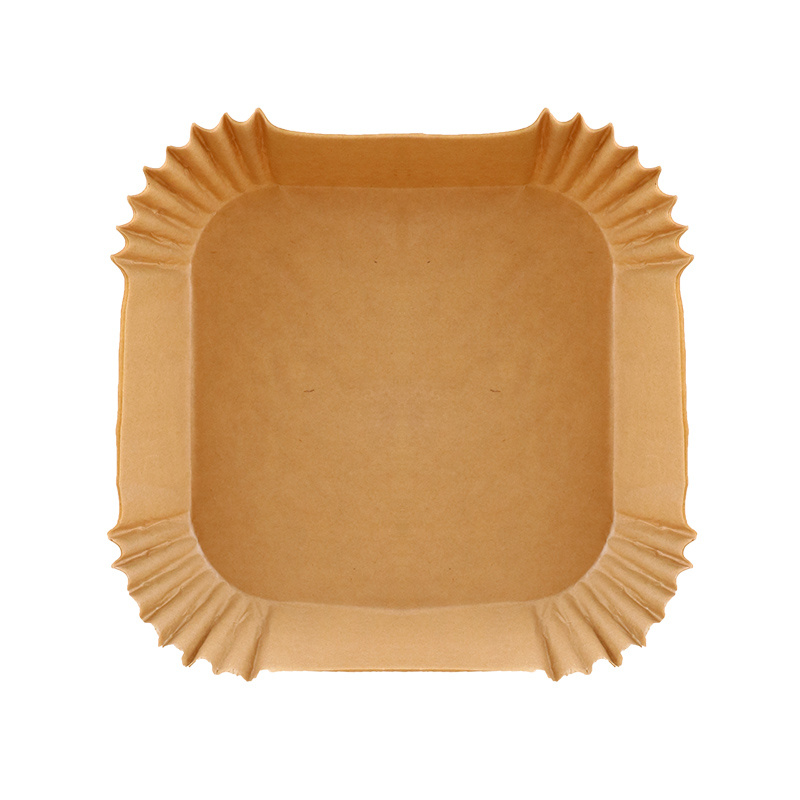
Understanding the Manufacturing Process of Silicone Paper in China
Release time:
2025-07-26
1. Introduction to Silicone Paper
Silicone paper, often referred to as silicone release paper, is a specialized type of paper that is coated with silicone on one or both sides. This unique coating provides excellent release properties, making it ideal for various applications, including baking, packaging, and printing. As a leading manufacturer in the silicone paper industry, China's production processes are both innovative and efficient, catering to the growing global demand for high-quality silicone papers.
2. A Brief History of Silicone Paper
The origins of silicone paper can be traced back to the mid-20th century, when the need for non-stick surfaces in baking and packaging became prominent. Initially developed in the United States, the technology gradually spread to other countries, including China. Over the decades, advancements in materials and manufacturing processes have significantly improved the quality and functionality of silicone paper, positioning China as one of the largest producers in the world.

3. Raw Materials Used in Silicone Paper Production
The production of silicone paper involves several key raw materials, each playing a crucial role in the final product's performance. These include:
- **Base Paper**: Typically made from wood pulp, the base paper provides the structural foundation for silicone paper. High-quality base paper is essential for ensuring durability and strength.
- **Silicone Coating**: The silicone used in the coating process can vary in formulation, including types such as polydimethylsiloxane (PDMS) and silicone resins, which enhance the release properties and overall performance of the paper.
- **Additives**: Various additives may be included to enhance the properties of silicone paper, such as anti-static agents and colorants, which improve usability and aesthetic appeal.
4. The Manufacturing Process of Silicone Paper
The manufacturing process of silicone paper in China is a multi-step operation that requires precision and expertise. Below, we outline the key stages involved.
4.1 Coating Process: Applying Silicone
The coating process is where silicone is applied to the base paper. This step typically involves:
- **Preparation**: The base paper is unwound from a roll and passed through a series of pre-treatment processes to enhance adhesion.
- **Application**: Various methods, such as curtain coating, gravure coating, or reverse roll coating, are employed to apply a thin layer of silicone evenly across the paper's surface.
- **Drying**: After application, the paper goes through a drying process to remove any excess moisture and facilitate adhesion of the silicone to the paper.
4.2 Curing Process: Setting the Silicone
Once the silicone is applied, the next step is curing. This process solidifies the silicone coating, ensuring its integrity and performance. The curing process can involve:
- **Heat Curing**: Exposing the coated paper to heat, activating the silicone and promoting cross-linking.
- **UV Curing**: Utilizing ultraviolet light to initiate a reaction that hardens the silicone, providing faster production times and reducing energy consumption.
4.3 Finishing Touches: Cutting and Packing
After curing, the silicone paper undergoes finishing steps to prepare it for distribution:
- **Cutting**: The large rolls of silicone paper are cut into sheets or smaller rolls, depending on customer specifications.
- **Quality Control**: Rigorous quality checks are performed to ensure that the silicone paper meets industry standards for performance and reliability.
- **Packing**: Finally, the products are packaged appropriately for shipping, ensuring they remain protected during transport.
5. Applications of Silicone Paper
Silicone paper has a wide range of applications across various industries, including:
- **Baking**: Silicone paper is commonly used as a non-stick surface for baking, providing a convenient solution for pastries and other baked goods.
- **Packaging**: It serves as a protective layer in packaging applications, ensuring that products remain intact and uncompromised until they reach the consumer.
- **Printing**: The paper is utilized in various printing processes, particularly in heat transfer applications, where its release properties facilitate easy removal of printed designs.
- **Medical**: In the medical field, silicone paper is used in wound dressings and other medical applications requiring non-stick surfaces.
6. Current Market Trends in Silicone Paper Manufacturing
The silicone paper market is witnessing several notable trends that shape its future:
- **Sustainability**: With increasing environmental awareness, manufacturers are focusing on sustainable practices, including the use of recycled materials and eco-friendly production processes.
- **Technological Advancements**: Innovations in coating techniques and silicone formulations are enhancing the performance of silicone paper and broadening its applications.
- **Rising Demand**: The global demand for silicone paper is on the rise, driven by growth in the food packaging and printing industries, particularly in regions such as Asia-Pacific and North America.
7. Challenges Facing the Silicone Paper Industry
Despite its growth, the silicone paper industry faces several challenges:
- **Raw Material Costs**: Fluctuations in the prices of raw materials can impact production costs and profitability for manufacturers.
- **Competition**: As demand increases, competition among manufacturers intensifies, leading to price pressures and the need for differentiation.
- **Regulatory Compliance**: Meeting stringent regulations regarding food safety and environmental standards requires ongoing investment and adaptation from manufacturers.
8. The Future of Silicone Paper Manufacturing
Looking ahead, the future of silicone paper manufacturing in China appears promising, driven by ongoing innovations and market demands. Potential developments may include:
- **Smart Packaging Solutions**: The integration of technology into silicone paper, such as QR codes and NFC tags, to enhance consumer interaction and product tracking.
- **Expanded Applications**: As industries evolve, new uses for silicone paper may emerge, particularly in sectors like electronics and automotive, where specialized non-stick and protective surfaces are required.
- **Global Expansion**: Chinese manufacturers are likely to expand their reach into international markets, capitalizing on their expertise and cost advantages.
Understanding the manufacturing process of silicone paper in China reveals the intricate blend of technology, materials, and expertise that drives this industry. From its origins to the current trends shaping its future, silicone paper is a vital component in numerous applications across various sectors. As manufacturers continue to innovate and adapt to market demands, silicone paper will remain an essential product in the packaging, printing, and baking industries, offering unique solutions to meet the evolving needs of consumers and businesses alike.
HOT NEWS

